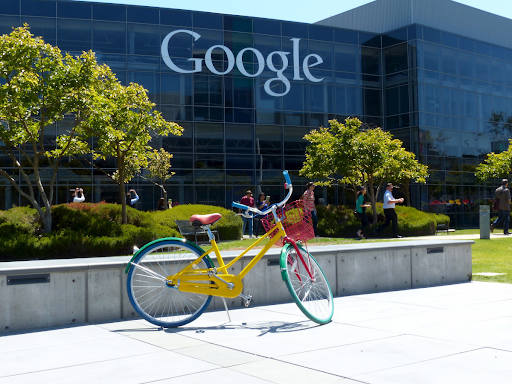Circuit depth, measuring how many sequential quantum operations can be performed before errors accumulate unacceptably, limits current quantum computers. Increasing achievable circuit depth expands computational capabilities.
Shallow quantum circuits restrict problems that can be addressed, as complex computations require many sequential operations. Demonstrating deeper circuits shows progress toward more powerful quantum computers.
Circuit depth interacts with gate fidelity and coherence time to determine overall computational capability. Improvements in any of these factors enable more complex quantum computations.
The molecular structure calculations achieved required circuits of sufficient depth to be computationally meaningful. This demonstrates that current quantum hardware can maintain coherence through useful computations.
Extending achievable circuit depth requires better error mitigation, higher gate fidelities, and longer coherence times. Progress on these fronts will enable increasingly sophisticated quantum algorithms.
Some problems may be solvable with shallow circuits, while others fundamentally require deep circuits. Matching problems to available circuit depths helps identify near-term quantum computing applications.

